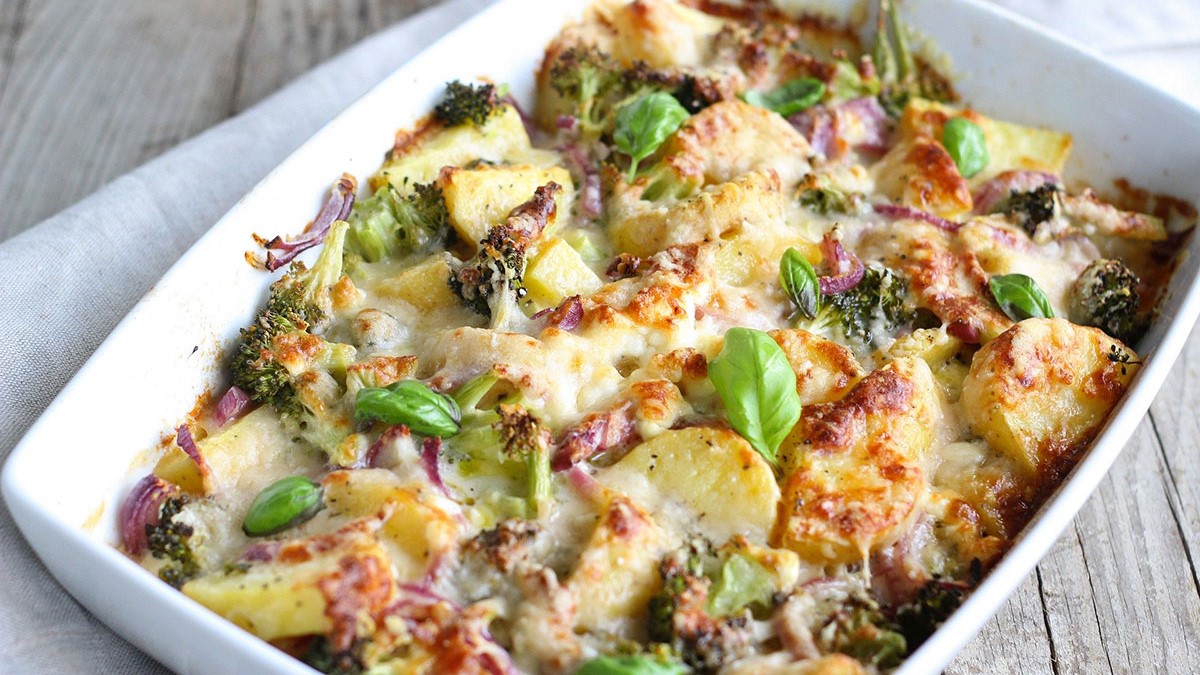
How to Make the Most of Your Leftovers
Got leftovers? Don’t be so quick to toss extra food into the trash. You can safely store your delicious dishes to enjoy later and prevent foodborne illness by following a few important steps. Before deciding to store your leftovers, ask yourself these two questions:
- Has your dish entered the “Temperature Danger Zone” of between 40-140 degrees F? This is the temperature range that is optimal for bacteria to grow.
- Has the dish been left out at room temperature for more than 2 hours or 1 hour if the temperature is above 90 degrees F?
If you answered “yes” or “unsure” to one or more of these questions, throw it out. If you answered “no” to both questions, now it is time to make the most of your leftovers. Below are more tips to keep your leftovers safe.
Storing Leftovers
- Store leftovers in smaller portions, refrigerate, and cool to 40 degrees F or lower to prevent microbial growth. Smaller portions cool more quickly than larger portions. Also, dividing your dish into several smaller portions will make reheating leftovers easier.
- If you are freezing leftovers, make sure to use freezer grade storage containers like freezer zip-top bags or rigid plastic or glass containers and not bread bags or yogurt containers. Always label and date your leftovers so you know what they are and when they need to be eaten by.
- Know how long you can store your leftovers in the refrigerator or freezer. The general rule is that you can store leftovers in the refrigerator for 3-4 days or in the freezer for 3-4 months. We recommend using the USDA’s Foodkeeper App to look up specific storage times for all foods.
Thawing Leftovers
There are three ways you can safely thaw frozen leftovers: in the refrigerator, in cold water, or in the microwave. Thawing frozen leftovers in the refrigerator takes the most time and requires some planning. Thawing may take 24 hours in the refrigerator. Foods thawed in the refrigerator can be refrozen in 3 days if not reheated. If you don’t have that amount of time, you could use the cold water or microwave method of thawing frozen leftovers.
When thawing leftovers in cold water, make sure the food has been stored in a leak-proof container so the cold water doesn’t get into the food, also make sure to change the water every 30 minutes so the water stays cold. If you choose to thaw leftovers in cold water, the leftovers need to be cooked before being frozen again.
Thawing leftovers in the microwave takes the least amount of time, but you need to plan to cook the food immediately after thawing. The microwave will not evenly thaw the frozen food. Some parts of the food may reach the temperature danger zone (40 degrees F to 140 degrees F) and it is unsafe to hold the partially thawed food due to the risk of foodborne illness.
Reheating Leftovers
When reheating leftovers make sure they reach 165 degrees F as measured by a food thermometer. If you are reheating soups, sauces, or gravies, heat to a rolling boil before serving.
For more food safety tips, visit UMaine Cooperative Extension’s Basics for Handling Food Safely publication.
Resources:
- Bulletin #4107, Basics for Handling Food Safely
- Bulletin #4214, General Food Safety Tips for Preparing Food
- USDA Food Safety and Inspection Service Leftovers and Food Safety
- FDA Safe Food Handling
- USDA Foodsafety.gov Foodkeeper App
By Natalie VandenAkker, UMaine Dietetic Intern and Kate Yerxa
